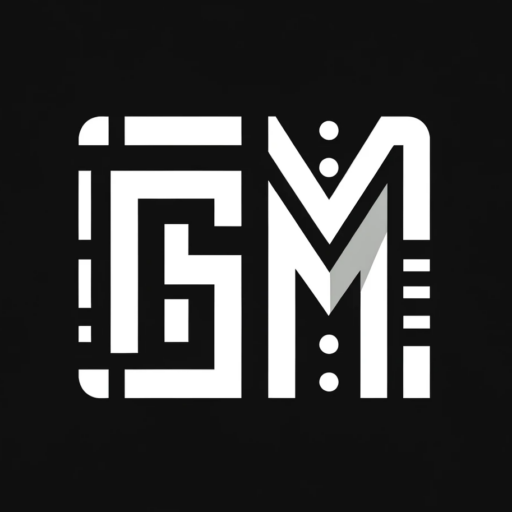AI is a great marketing term to describe your product, but setting out to build ‘AI’ products often leads to poor results.
Why build AI products?
AI gives us all a generational opportunity to reinvent every industry—especially in industries where incumbents are predicated on pre-AI assumptions and can’t adapt without destroying their current business.
There’s never been a better time to start a business with such strong inherent advantages by default relative to incumbants.
But we also have to approach it differently.
The tricky part: We don’t have intuitions for AI
AI is a new paradigm that we don’t have good intuitions around, especially given its rate of improvement.
It’s often compared to the internet age in terms of innovation, but that was primarily about distribution. Instead, AI is about intelligence—it can create new things, which is fundamentally different. In time, this will break just about every assumption existing businesses are built on, thus the opportunity.
And because we don’t have intuitions around AI, it’s easy to default to focusing on the technology instead of starting with customer needs and working back to the technology.
To avoid that pitfall, we need a better way to frame how to think about building AI products.
How to build with AI
The best framing I have so far to think about building AI products is:
UI is a crutch for human constraints.
Is it odd that it says nothing about AI?
Not really because building great products is about solving customer problems. And AI is just a technology that helps you do that more effectively.
But the UI is how humans interact with products and AI gives us new ways to smooth over the rough edges of those interactions.
So, a hack to find customer problems well-suited to AI is by identifying existing tools with complex UIs and long or tedious processes.
Why? Because UI is just a crutch for human constraints. If humans had no constraints and could beam thoughts to and from things, there would be minimal, if any, UI.
And now, in the early days of AI finally getting good enough, its primary utility is generative grunt work. That may seem trite, but many products have tedious grunt work.
So, don’t build an ‘AI’ product. Build a better product that just happens to use AI.
The goal should be to make the AI invisible, not the center of the product. This will force you to focus on solving your customer’s problem.
And most importantly, this will force you to focus on a specific problem that’s part of a valuable solution rather than a generic AI tool.
Where to start
Three things to keep in mind about AI:
- It will keep getting better (quality/accuracy)
- It will keep getting faster (speed)
- It will keep getting cheaper (cost)
So, start with building the smallest sliver of what’s possible today while you build towards what will be possible tomorrow.
The rate of AI improvement will catch up to your future needs, so tackle low-hanging fruit to establish a foothold and revisit the still-too-hard stuff later.
You’ll probably end up with dozens of ideas, so one way to hone in on the most interesting ones is to ask: What’s possible now that wasn’t possible before?
For bonus strategy points, focus on areas where the ‘new way’ requires significant retooling of existing products and incumbents can’t adapt quickly.
As your product evolves, keep these questions in mind.
This is a once-in-a-generation opportunity to build the future. It’s new to everyone, so you have a head start by starting now 🚀
